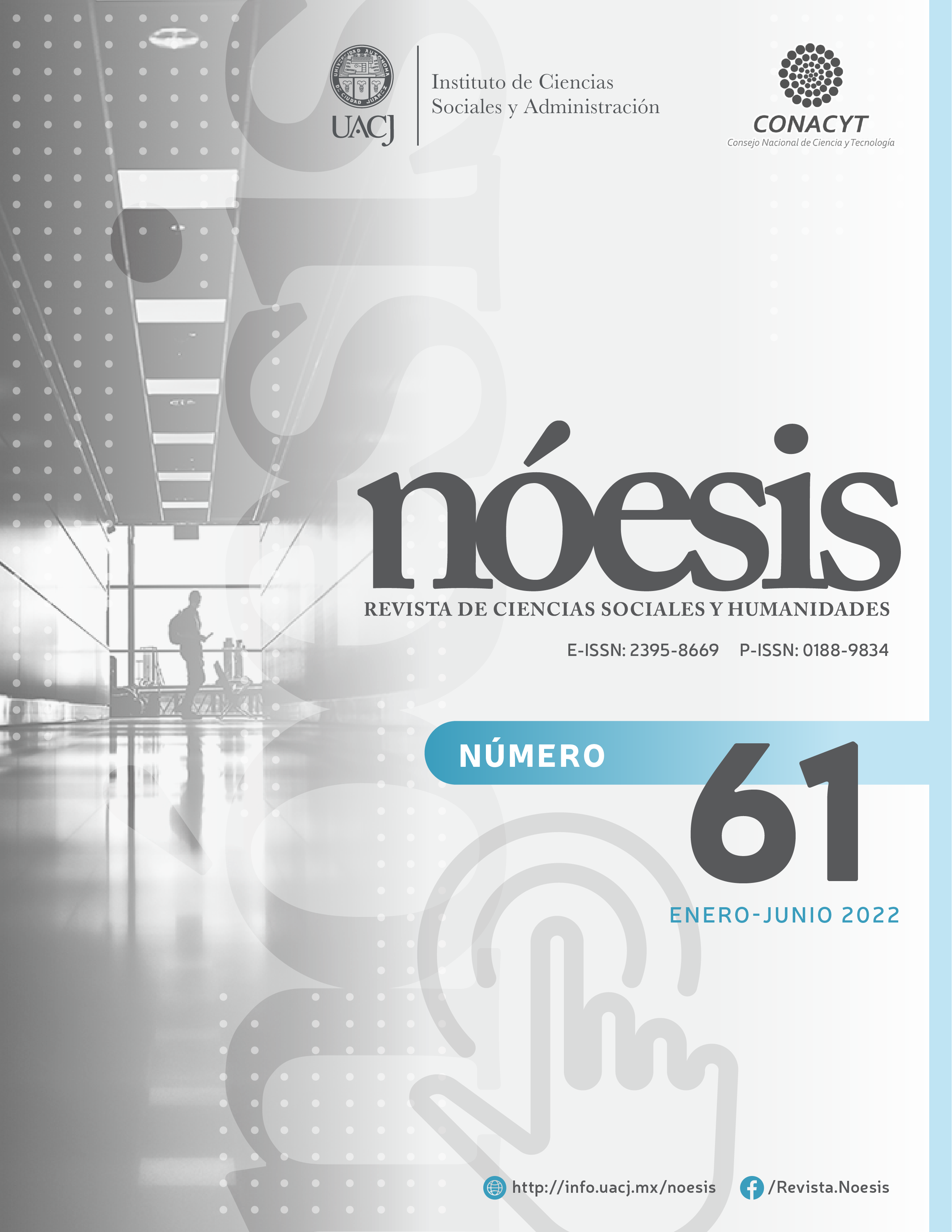From character to person. A contribution to the study of characterization of real people in factual narrative texts
Main Article Content
Abstract
In this paper we propose some arguments in favor of the terminological differentiation between agents in fictional settings (characters) and those in factual settings (people, actors, etc.), and nevertheless we suggest the applicability of the tools of narratology to factual journalistic texts. Then, we propose an analytical-descriptive model -conceived only as provisional- which, although it resorts to traditional tools of narratology "in the strict sense" (that is, the one that deals exclusively with fictional texts), tries to do justice to the aforementioned categorical difference between fictional and factual texts insofar as it is accompanied, in the presentation, by a series of mediations that allow the extrapolation from one setting to the other. This model will be explained on the basis of the analysis of a fragment of a recently published journalistic chronicle, referring to the death of the Argentine soccer player Diego Maradona.
Downloads
Article Details

This work is licensed under a Creative Commons Attribution-NonCommercial-ShareAlike 4.0 International License.
References
Aristóteles (2009). Poética (Trad. E. Sinnot). Colihue.
Barthes, R. (1970). Introducción al análisis estructural de los relatos. En: AA.VV., Análisis estructural del relato (pp. 9-44). Tiempo Contemporáneo.
Barthes, R. (1980) S/Z (Trad. N. Rosa). Siglo XXI.
Bradley, A.C. (1965). Shakespearean Tragedy. Macmillan.
Chatman, S. (1990). Historia y discurso. La estructura narrativa en la novela y en el cine. (Trad. M. J. Fernández Prieto). Taurus.
Eder, J. (2008). Was sind Figuren? Ein Beitrag zur interdisziplinären Fiktionstheorie. Mentis.
Eder, J., Jannidis, F. y Schneider, R. (2010). Introduction. En Eder, J., Jannidis, F. y Schneider, R. (eds.), Characters in Fictional Worlds. Understanding Imaginary Beings in Literatura, Film and Other Media (pp. 3-64). De Gruyter.
Forster, E. M. (1955). Aspects of the novel. Harcourt.
Genette, G. (1989). Figuras III. Lumen, 1989.
Genette, G. (1990). Fictional Narrative, Factual Narrative. Poetics Today, 11(4), 755-774.
Hansen, P. K. (2000). Karakterens rolle. Aspekter af en litteraer karakterologi. Holte.
Lubbock, P. (1957). The Craft of Fiction. Jonathan Cape.
Martínez, M. y Scheffel, M. (2011). Introducción a la narratología. Hacia un modelo analítico-descriptivo de la narración ficcional (Trad. M. Koval). Las Cuarenta.
Platón (1992). La República (Trad. J. M. Pavón y M. Fernández-Galiano). Alianza.
Quiroga, H. (1968). Obras inéditas y desconocidas (Tomo IV). Arca.
Real Academia Española. (s.f.). Diccionario de la lengua española. (15 de febrero de 2020) https://dle.rae.es
Renner, K. N. y Schupp, K. (2017). Journalismus. En Martínez, M. (ed.), Erzählen. Ein Interdiziplinäres Handbuch (pp. 122-132). Metzler.
Rimmon-Kenan, S. (2002). Narrative Fiction. Rotledge.
Smith, M. (1995). Engaging Characters. Fiction, Emotion, and the Cinema. Clarendon Press.
Voogd, M. (29 de noviembre de 2020). Así murió Diego Maradona. La Vanguardia https://www.lavanguardia.com/deportes/20201129/49793937149/diego-maradona-muerte-causas.html
Vox. (1982). Vox. Diccionario Ilustrado Latino-Español Español-Latino (15ª ed.). Biblograf.

